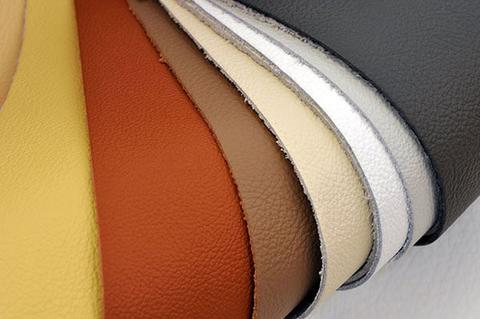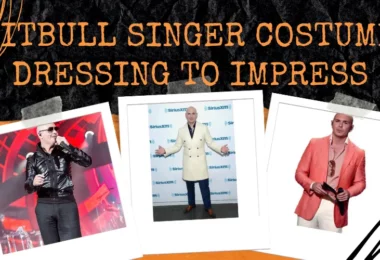People frequently question the distinctions between genuine and faux leather. And how can you identify the difference when you are out there to buy one for yourself? In this blog, we’ll go over various tips and tactics, such as thumb rules. But first, we must understand some key distinctions.
We all know that real leather is constantly in demand, and the number of people who buy real leather is continuously growing every day. Since there was a shortage of this material, a new sort of leather was introduced. You may have seen the three varieties accessible in the market: real, faux, and bonded wherever you go shopping. All of these types have their own set of limitations and pleasures. The fact is that the advantages and disadvantages of each kind are determined by personal preferences.
We are confident that after reading this article, you will know which type of leather you need to choose. It will also assist you in ensuring that you are selecting the proper material for yourself.
What makes both of these sorts so distinct?
Let us start by pointing out the key distinction between these two categories.
Genuine Leather
Genuine leather is known for its rough, classic, and timeless appearance. Because of its full-grain quality, we can see stretch veins, marks, and irregular patterns all over its surface. Full grain is the top layer of the animal skin, it contains a lot of flaws that make it appealing. Because this sort of leather is never subjected to the corrective procedure, its grain stays intact. It becomes more durable and gives higher resistance to cold.
Faux Leather
Faux leather is sometimes known as polyurethane leather or vegan leather. Its surface is free of imperfections like pores and marks, much like genuine leather. It was made synthetically from various plastic components, which were then blended with wax or PU to give it a realistic leather appearance. This sort of leather has a consistent quality that appeals to a wide range of consumers.

Is it Genuine or faux? – which are they long-lasting?
Did you know that genuine leather has a 20-year average lifespan? People were compelled to purchase the actual one because of its long-lasting ability. With time, it will become more classic. Faux Leather, on the other hand, would be your best choice if you constantly want to look good while remaining within your budget. However, when compared to genuine leather, it will never last as long. However, in a positive light, we can add that this will allow you to experiment with new colors without breaking the bank.
Made a note of these points.
- Take these elements into consideration the next time you go shopping to determine which sort of leather you are purchasing.
- Genuine leather will seem the most natural and rough, with more visible stretch marks. The PU or Faux leather jacket, on the other hand, will have a smooth and consistent texture throughout.
- Faux leather has a synthetic feel to it, although it may appear and feel quite similar to genuine leather in some cases.
- Natural leather is thicker and more durable than faux leather.
- Natural leather has a full-grain structure that may be seen if you look closely. There will be an artificial and polymer-type design on imitation leather.
Is it true that the more costly something is, the better it is?
We’ve all heard the phrase that the more important something is, the more we must spend on it. In most cases, it is correct, but not always. Genuine leather is certainly a one-time purchase, but it may be prohibitively costly to obtain. And because many individuals can’t afford to pay so much, faux leather makes a bold entrance in this case. It’s a lot less expensive than the genuine leather and can give you the same natural appearance. And you’ll be surprised at how many people can’t be unable to see the difference. So, if you are not brand conscious, you may go for it without any worries.
What is the best deal for Vegan Lovers?
People are becoming more aware of green energy as the globe progresses. We’re more worried about the long-term viability of certain products. When it comes to sustainability, genuine leather will never be the best option. cowhide which is made from animal skin that has been dried is not particularly ecologically friendly. However, the polymers used in faux leather do not decompose quickly, indicating that it is also eco-unfriendly. However, in terms of resources and production, it is still a far superior choice to the actual one. If you’re a vegan who can’t stand wearing clothes made of real leather, this may be a game-changer!
What is more easier to clean and maintain?
Genuine leather absorbs more water and is often more difficult to clean due to its absorbent capacity. Cleaning it may sometimes need the assistance of an expert. Faux leather jackets, on the other hand, maybe washed by hand without causing damage to the leather.
Concluding Remarks on Faux and Genuine
Finally, we may conclude that it is dependent on your own preferences and also on your interest. Each kind has its own set of benefits and drawbacks. Add genuine or faux leather clothing to your wardrobe must look at what matters for you most and make good judgments.
Don’t forget to go through our best fashionable leather collection, which includes both genuine and faux leather. We provide a wide range of options, from TV-inspired ensembles to casual clothing. And all of this at an unbeatable price.









